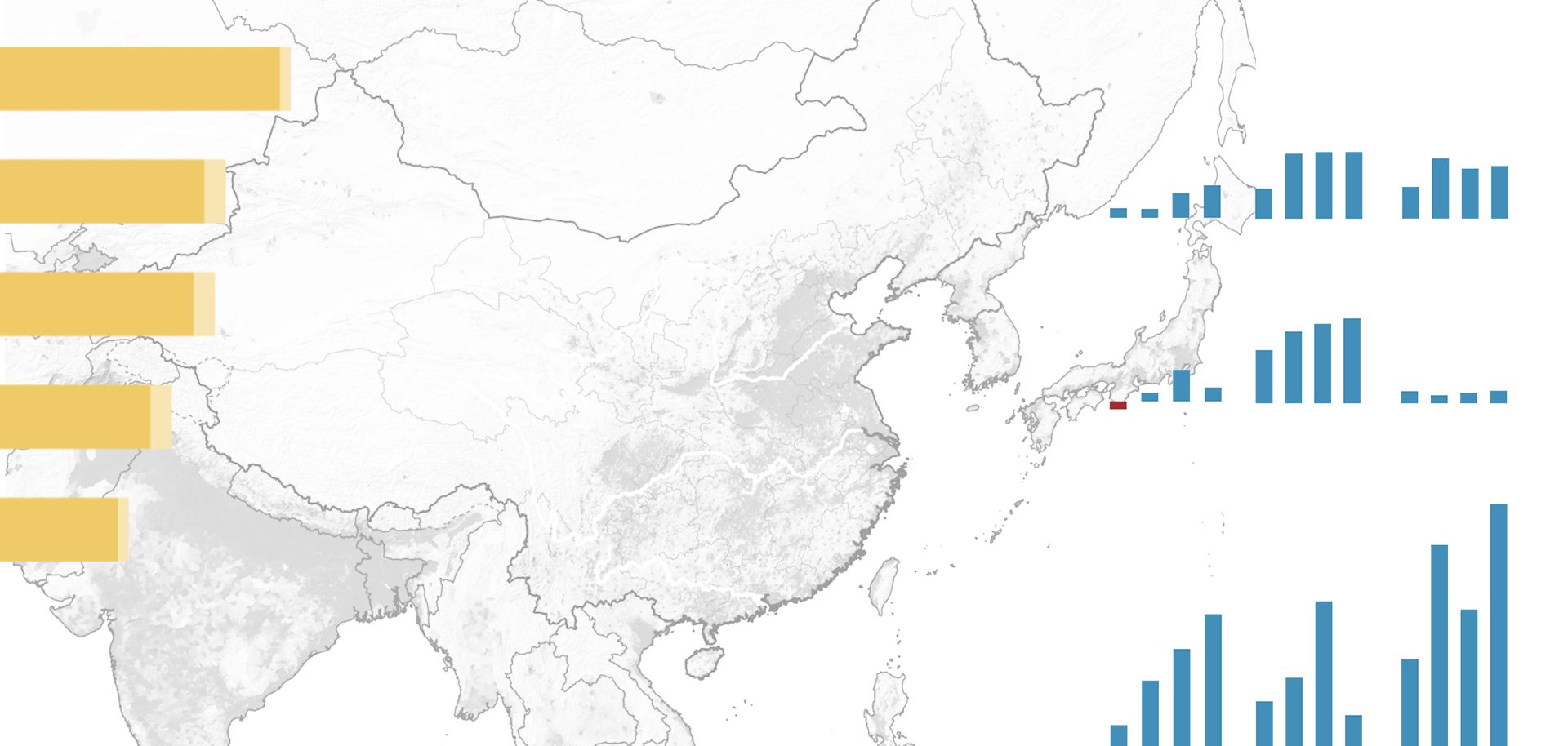
Over the past month, tensions have flared between China and Japan following the Japanese coast guard's apprehension of a Chinese fishing ship near the disputed Senkaku/Diaoyutai islands. Japan disputes China's right to develop the Chunxiao natural gas field, located in the islands' vicinity, because it claims China will siphon off natural gas resources from within its exclusive economic zone (EEZ), a designation that, under international maritime law, grants special rights over the exploration and use of maritime resources found within 200 nautical miles of a country's coast. China has protested the apprehension loudly, canceling diplomatic and business meetings, arresting four Japanese citizens for taking pictures near a military site in China, and signaling that it could take such economic reprisals as unilaterally developing Chunxiao. China also allegedly threatened to stop exports of rare-earth metals, on which Japan depends for its high-tech manufacturing sector. Though Beijing denied doing so, this rumor, coupled with China's other actions, illustrates China's economic leverage over Japan. Japan's release of the last detainee, the ship's captain, has not led to an immediate detente, but there are signs that the two sides could hold meetings relatively soon to pacify the situation. China and Japan have long had a contentious relationship, and the public outcry in the latest dispute is reminiscent of strains in their relationship from 2003-2006. But China has become increasingly assertive over the past year in dealing with foreign powers, especially in territorial disputes, which has led to concerns in Japan, Southeast Asia and the United States about Beijing's growing economic and military might.


